I recently completed a six-way comparison of all the currently available autofocusing lenses for Sony’s full frame mirrorless (FE) platform. These lenses cover a wide range of price points, from $379 (all prices USD) for the Viltrox AF 85mm F1.8, to $598 (Sony 85mm F1.8), $699 (Samyang AF 85mm F1.4), $1199 (Zeiss Batis 85mm F1.8 and Sigma 85mm F1.4 ART FE), and, then at the top of the pile, is the Sony 85mm F1.4 GM (G Master) at a whopping $1798! The FE85 is widely considered the best value lens on Sony FE as it delivers a strong optical performance, has great autofocus, and a solid build. In the first two years of its release the FE85 was the easy value choice, undercutting the Zeiss Batis 85mm F1.8 by $600 and the G Master by $1200!
In the first half of 2019, however, the Sony FE85 has gotten squeezed from both below and above. The Viltrox AF 85mm F1.8 STM is a really solid lens, with a robust, metal construction, fairly strong autofocus, and a good optical performance…and it costs more than $200 less. Perhaps even more compelling is the Samyang AF 85mm F1.4, which has premium linear motor focus, a weather sealed build, beautiful optics, and a “sexier” F1.4 maximum aperture…and it costs only $100 more. But, while I’m late to the party in reviewing the FE85 (it was released in 2017), it has already established a well-deserved reputation for value and is certainly considered the “safe choice” at the focal length.
But is it the best choice in 2019? Read on find out…
Prefer to watch your reviews? Watch my full video review here:
Follow Me @ Patreon | My Newsletter | Instagram | Facebook | Twitter | Flickr | 500px
Sony FE85 Build, Features, and Design
If you are interested in a comparison to the other 85mm options in the build, features, and design area, check out this video:
There’s little to complain about in the build department of the FE85, as, while it isn’t a luxury lens, it has a really solid and clean build and design. Autofocusing mirrorless lenses tend (for the most part) to be cleaner and simpler than their DSLR counterparts. Because they utilize focus-by-wire manual focus systems, there is no traditional distance window or hyperfocal markings. Some mirrorless lenses (like the Samyang AF 85mm F1.4) have literally nothing other than a focus ring on them.
The FE85 has only three elements on the lens barrel, but they are all useful. One is a AF/MF switch. It might seem like a small thing, but I still prefer this feature even on mirrorless bodies because it tends to be more “definite” than the same feature mapped to the camera (I have it mapped to the down position on the D-Pad of my a7RIII body).
The FE85 also has a unique Sony feature – the AF Hold button. The button on the side of the barrel can actually be programmed for a variety of different functions. I used to primarly use this button to map Eye AF, but thanks to Sony’s firmware 3.0 which brought full time Eye AF, this is no longer necessary. That makes this button still valuable, but perhaps less so to those of us who primarily used it for that purpose.
The focus ring is nicely sized with a finely ribbed texture. While this is a focus by wire system (input from the focus ring goes through the focus motor, which then moves the elements as opposed to a direct mechanical coupling to the lens focus elements), Sony has done a good job in providing a realistic damping to the focus ring that makes it behave more like a traditional focus ring. I found that there was enough weight to the ring for precise focus, though major focus changes will require multiple rotations of the ring.
The FE85 wins the prize in the class for minimalism. It is lean and spare, managing to combine a nice build with light weight and compact size. It is both the smallest and lightest lens in the group of 8!!! 85mm lenses for Sony FE that I’ve now reviewed. It is only 3.07” (78mm) in diameter and 3.23” (82mm) in length and weighs only 13.1 oz (371g). The Sigma 85mm F1.4 ART (the behemoth in the class) weighs more than 3 times as much!
Up front is a highly standard 67mm front filter thread. You’ll find a lot of lenses that share this filter size.
The body seems to be built out of a lightweight metal alloy (aluminum is my guess), and, while the gasket is so thin as to be hard to find, Sony claims that the lens is weather-sealed. I find, like the Samyang AF 85mm F1.4, that the FE85 seems to strike the perfect balance between a nice build and reasonable weight.
While no 85mm lens sets any kind of record for maximum magnification, the FE85 is (marginally) the best among the 85mm options on Sony at 0.13x. This is achieved at a minimum focus distance of 2.62’ (80cm), which is fairly standard for the class. The minor variations from lens to lens suggest minor variances in actual focal length, which suggests to me that the FE85 is probably ever-so-slightly longer than 85mm.
The aperture iris is a standard nine rounded blades which helps retain a circular shape to bokeh highlights when stopped down (here’s a look at F2.8):
The lens barrel itself is black, anodized satin finish. It’s a handsome, clean design that I like a lot.
There’s essentially nothing to complain about when it comes to the build of the FE85. It is light and compact, nicely made, and entirely functional.
Sony FE85 Autofocus
Sony utilizes linear focus motors in the FE85, which, at the moment, seems to me to be the best focus system for mirrorless lenses. It’s not uncommon for F1.8 lenses to actually focus faster and smoother than F1.4 lenses for the primary reason that F1.4 elements are much bigger and heavier and thus require more torque to move. In the case of the two Sony lenses (this and the F1.4 G Master), the FE85 is definitely the better focusing lens of the two.
As a part of my 85mm Showdown, I ran extensive autofocus tests on all the lenses. You can see these in action in this video segment:
When shooting fast moving action, it scored the highest score, slightly besting the Samyang AF 85mm F1.4. I shot an extended burst of shots of a sprinting runner coming towards the camera (more challenging than a subject moving laterally). There were 47 shots in the burst, and, in post, I examined each shot at a pixel level and rated it 1-5 for quality of focus. The FE85 was the only lens to have no major misses (1s or 2s), and 45 out of the 47 shots fell in the nearly perfect (4) and perfect (5) categories, with just 2 shots landing in the average focus (3) zone. The only misstep here was that focus was often a little ahead of the subject, resulting in fewer perfectly focused results than the Samyang or Sony GM lenses (#2 and #3 in the standings). In my test it came up with a score of 90% (for reference, the Samyang was at 89% and the GM at 85%).
In my Eye AF test in a portrait setting, the FE85 scored a perfect 100% score, with all portrait shots perfectly focused. This involved defocusing between each shot so that the lens had to pick up the eye and focus again. Since Sony’s firmware 3.0 firmware update, Eye AF really works like a treat with good lenses, with the eye being continually focuses on in real time. It makes shooting events a treat, though periodically the system will choose a background face that is square to the camera over a nearer subject in profile. It’s easy to override this with a thumb to the touchscreen, though.
I also used the FE85 at a multi-day event and got exceptionally good focus results under a variety of shooting and lighting conditions (some quite challenging). I never had an issue with focus slowing down in lower light situations, and it continued to lock focus effectively.
During video AF the FE85 ran neck and neck with the Zeiss Batis 85mm for the best result. It moved confidently and quickly from subject to subject when doing focus pulls, with no detectable noise in operation. Accuracy was good, with next to no pulsing but an occasional very minor “settling” when nailing focus. Focus-by-wire lenses aren’t as good for manual video work as a good manual focus lens (if you want to do manual focus video work, the Loxia 85mm F2.4 is a treat!). The nature of focus-by-wire makes manual focus changes less linear or predictable. The FE85 is great if you want to use autofocus during video work, though.
In summation, I have nothing but good to say about the FE85’s autofocus. My notes say this: “Fast and quiet.” “Smooth”. “Few daily use complaints”. “Focus stayed close but not always perfect during tracking. No wild swings off the plane of focus.” There are a lot of satisfied customers out there for a reason.
Sony FE85 Image Quality
The FE85 has an optical formula of 9 elements in 8 groups (the simplest in the AF group), including
You can get all the details and comparisons in these video episode here:
Let’s break it down:
If you would like to see some charts comparing different attributes, click on any of these and they will open in a separate tab where you can compare them in detail.
If you closely analyze these charts you will probably come up with the same conclusion I did after hundreds and hundreds of photos and shooting, shooting a number of comparisons, and looking at a lot of 42 megapixel files at a 1:1 level: there are differences between these lenses in terms of performance…but it isn’t massive. The Sigma shows the strongest corner performance at F1.4, the Samyang has the softest bokeh, the GM has the highest contrast and delivers the highest resolution stopped down…but none of these differences are major. I think it highly likely that if I were to mislabel any of the images from one of these six particular lenses that very, very few people would spot the difference.
The FE85 fairs quite well in these comparisons. It is very sharp in the center of the frame, loses a bit of contrast towards the edges of mid frame, and essentially holds that right into the corners. By F2.8 there is plenty of sharpness and contrast in the corners, and you no longer need to worry about aperture other than for depth of field purposes.
On that note, however, if you are photographing more than one person, know that depth of field at medium distances with an 85mm lens is quite shallow. It’s entirely possible to shoot at F4 or even F5.6 and not have everyone’s face perfectly in focus. It’s helpful to try to get everyone as close to the same plane of focus as possible. Here are F2 and a distance of roughly 12 feet away you can see that the boy before the plane of focus is slightly out of focus, the girl (where focus took place) is perfectly focused, and the third boy (behind the plane of focus) is quite out of focus.
The FE85 can serve as a nice landscape lens when stopped down:
It also delivers nice colors, with good levels of saturation and good accuracy.
The Batis lens delivers slightly better levels of contrast, but not in any significant way. The Viltrox is slightly warmer, but I think the Sony FE85 is probably more neutral. The Sony delivers slightly less vignette than either of these lenses, and benefits from a higher degree of in-camera correction for what is there.
Chromatic aberrations were mostly well controlled (see the text example below), though in one comparison test where I shot portraits with a white archway beyond the subject, I did see a bit more green fringing from the FE85 than the other competitors…though this was pretty isolated.
While I didn’t consider the bokeh from the FE85 to be “best in show” (the F1.4 options generally win that comparison), once again the differences aren’t significant. The two charts below will give you a couple of comparison points that you can peruse on a pixel level in a second tab.

Bokeh is a subjective measure, of course, and these are just a few examples, but over time I get a feel for a lens by shooting with it. I found the bokeh to be good if unexceptional from the lens. You can look at a few more “bokeh shots” and make a determination for yourself:
No 85mm lens is going to be mistaken for a macro lens, as they tend to have rather poor reproduction ratios. The FE85 does deliver a slightly-better-than-average performance, though, with a 0.13x magnification. That was actually the best in my current comparison by a small margin. Here’s as close as it can get to my classic Kodak timer:
So while the FE85 doesn’t necessarily distinguish itself from the pack in the image quality department, that’s only because all of these lenses are actually very good. It would easily best, say, the Canon EF 85mm F1.8, with more sharpness, less chromatic aberrations, and better contrast. It’s performance is actually excellent…but so is the competition. The FE85’s advantage is that does it in a smaller, lighter, and (often) cheaper package.
Conclusion
To this point the Sony FE 85mm F1.8 has been somewhat of an oddity: a high performing, reasonably priced option. Among the Sony-branded lenses for full frame mirrorless it arguably delivers the higher price to performance ratio and has occupied a pretty comfortable position in the old hierarchy of Sony F1.8, Batis F1.8, and GM F1.4 lenses. But 2018 and 2019 changed the calculus. This last year has seen new 85mm F1.4 options from Samyang and Sigma that bring a lot of performance at a more reasonable price point (the Samyang is only $100 more!) New lensmaker Viltrox brought a similar 85mm F1.8 option that comes in at about $200 cheaper. There are also now six autofocusing 85mm lens for Sony FE, not to mention two other manual focus options that I’ve reviewed (Viltrox MF and Zeiss Loxia). That is EIGHT 85mm options!!
So where does that leave the FE85? Mostly safe, I would say, though it will lose some buyers to the Samyang and Viltrox either for those wanting the larger F1.4 aperture (and the Samyang is a gorgeous portrait lens) or a lower price point (the Viltrox is a LOT of lens for the money). Still, the Sony FE85 still seems like the safe choice. It’s a tried and true performer that many continue to rave about. It’s got excellent autofocus, good image quality, and it is a first party lens…and many buyers are still not comfortable with third party options. It’s still hard to argue against the value and compact nature of the FE85. It’s a winning formula that Sony would be wise to repeat more often!
Pros:
- Nicely built lens that is also lightweight and compact
- Excellent autofocus with good accuracy and quiet performance
- Strong image quality with excellent sharpness and contrast
- Well controlled CA
- Good bokeh
- Low distortion
- Good Eye AF performance
- Very reasonable price
Cons:
- Bokeh slightly less smooth than Batis or Viltrox lenses
Gear Used:
Purchase the Sony FE 85mm F1.8 @ B&H Photo | Amazon | Amazon Canada | Amazon UK | Amazon Germany | Ebay
Purchase the Viltrox AF 85mm F1.8 STM FE @ B&H Photo | Amazon | Amazon Canada | Amazon UK | Amazon Germany | Ebay
Purchase the Zeiss Batis 85mm F1.8 @ B&H Photo | Amazon | Amazon Canada | Amazon UK | Amazon Germany | Ebay
Purchase the Sony FE 85mm F1.4 GM @ B&H Photo | Amazon | Amazon Canada | Amazon UK | Amazon Germany | Ebay
Purchase the Sigma 85mm F1.4 ART E @ B&H Photo | Amazon | Amazon Canada | Amazon UK | Amazon Germany | Ebay
Purchase the Samyang AF 85mm F1.4 @ B&H Photo | Amazon | Amazon Canada | Amazon UK | Amazon Germany | Ebay
Sony a7R III Camera: B&H Photo | Amazon | Amazon.ca | Amazon UK | Ebay
Peak Design Slide Lite: Peak Design Store | B&H Photo | Amazon | Amazon Canada | Amazon UK
BenQ SW271 4K Photo Editing Monitor – B&H Photo | Amazon | Amazon.ca | Amazon UK
Adobe Photoshop Creative Cloud 1-Year Subscription
Alien Skin Exposure X4 (Use Code “dustinabbott” to get 10% anything and everything)
Visit Dustin’s Amazon Storefront and see his favorite gear

Purchasing your gear through B&H and these links helps fund this website and keeps the articles coming. You can also make a donation here if you would like. Visit my Amazon page for some of my gear of choice! Thank you for your support.
Great News! I can now offer a 5% discount on all purchases at Amplis Foto, Canada’s Leading Photographic Supplier. Please enter discount code: AMPLIS52018DA in your cart. It is good for everything in your cart, and is stackable with other coupons, too! It will take 5% off your entire order! Proceeds go towards keeping this site going and providing you with new reviews!
Check me out on: My Patreon | Sign Up for My Newsletter | Instagram | Facebook | Twitter | Flickr | 500px | Google+ |
Use Code “DUSTINHDR” to get $10 off ($15 CDN) any Skylum product: Luminar, Aurora, or AirMagic
Keywords: Sony 85 1.8, Sony FE 85mm, Sony FE 85 1.8, Sony FE 85mm F1.8, Sony 85mm F1.8 Review, Sony 85mm Review, Dustin Abbott, F1.8, Review, Autofocus, Sony a7RIII, Hands On, Video Test, Portrait, Video, Bokeh, Real World, 85mm Showdown, GM, 85mm F1.4, Batis, Viltrox, 85mm 1.8, 85 1.8


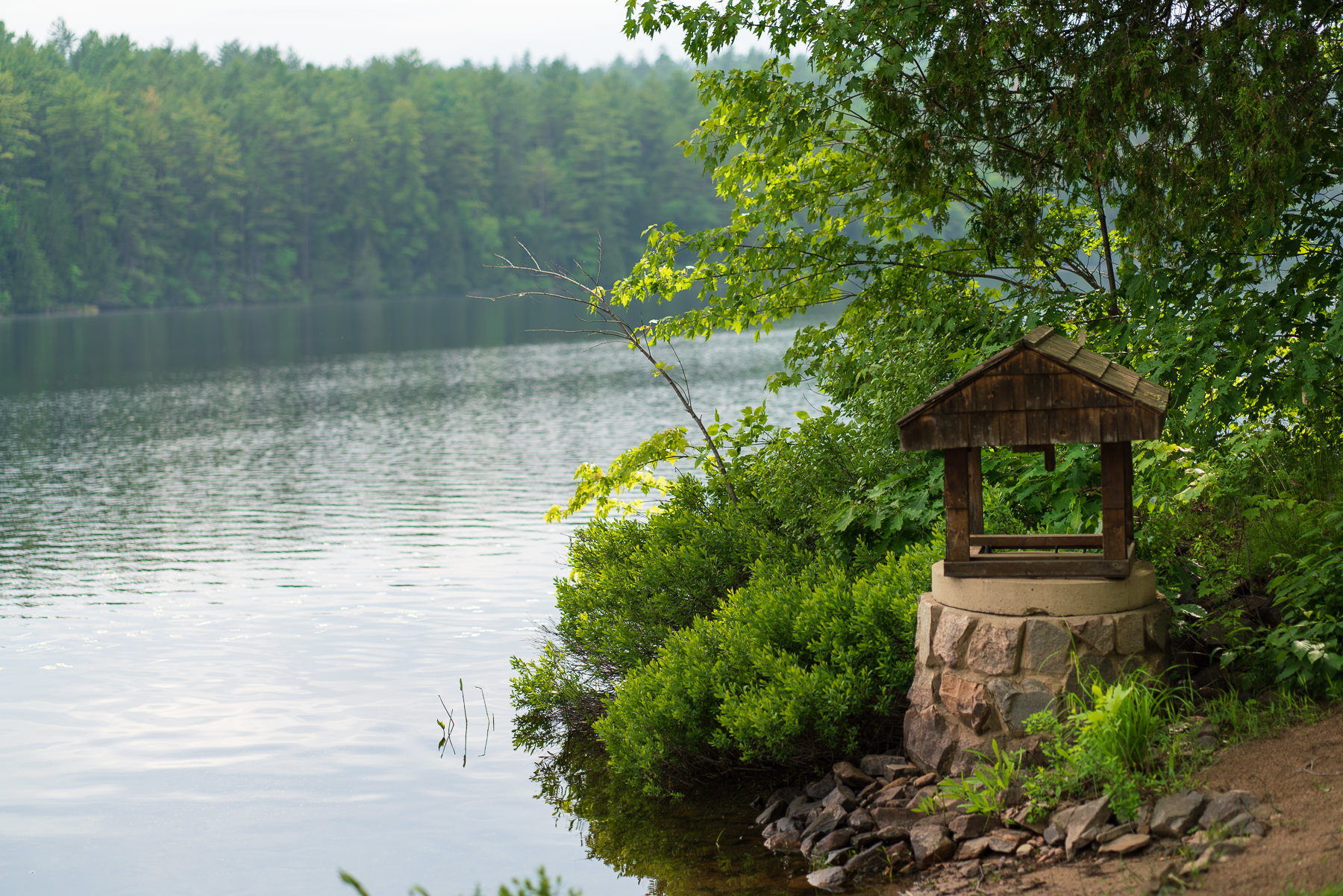
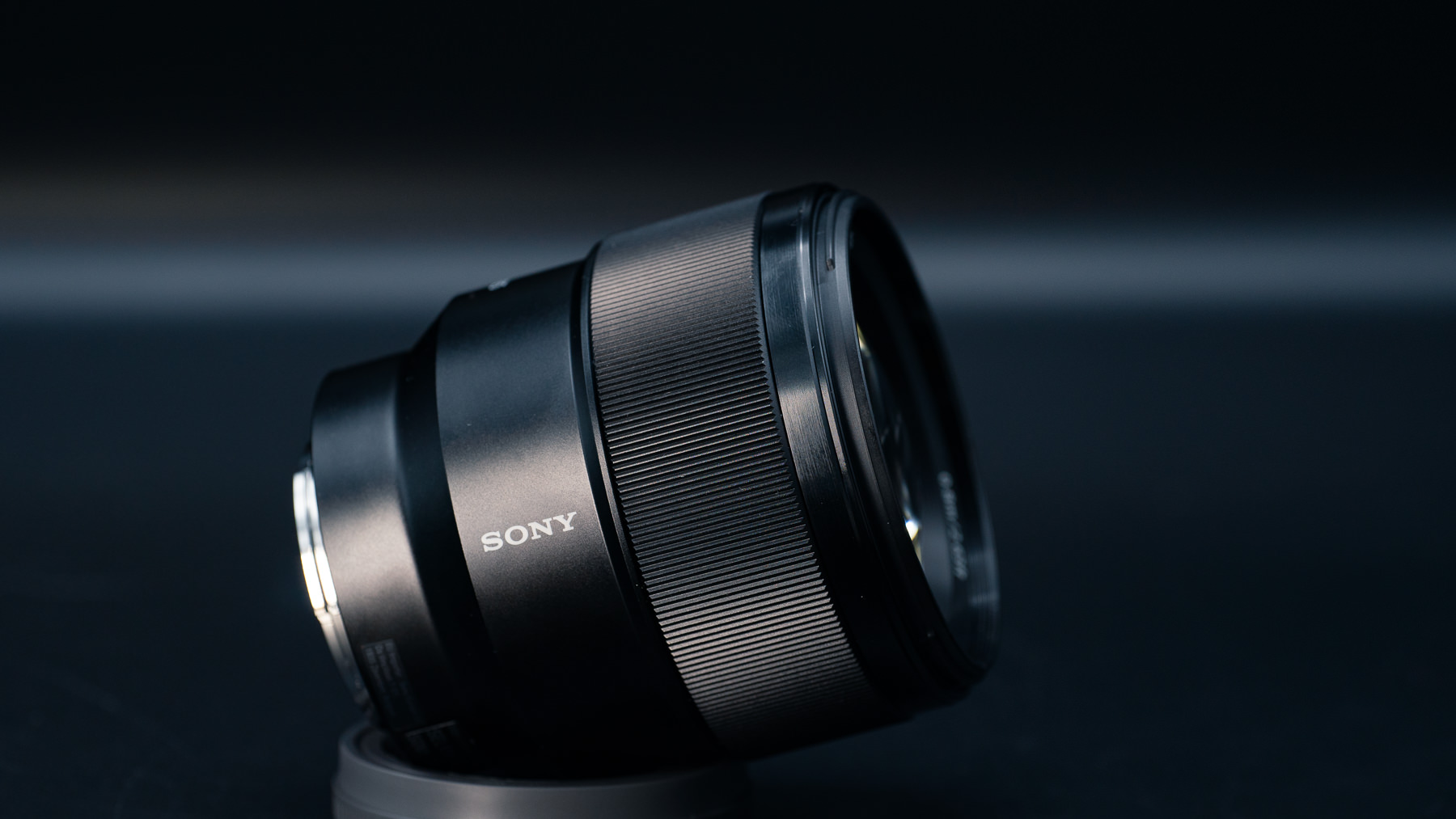
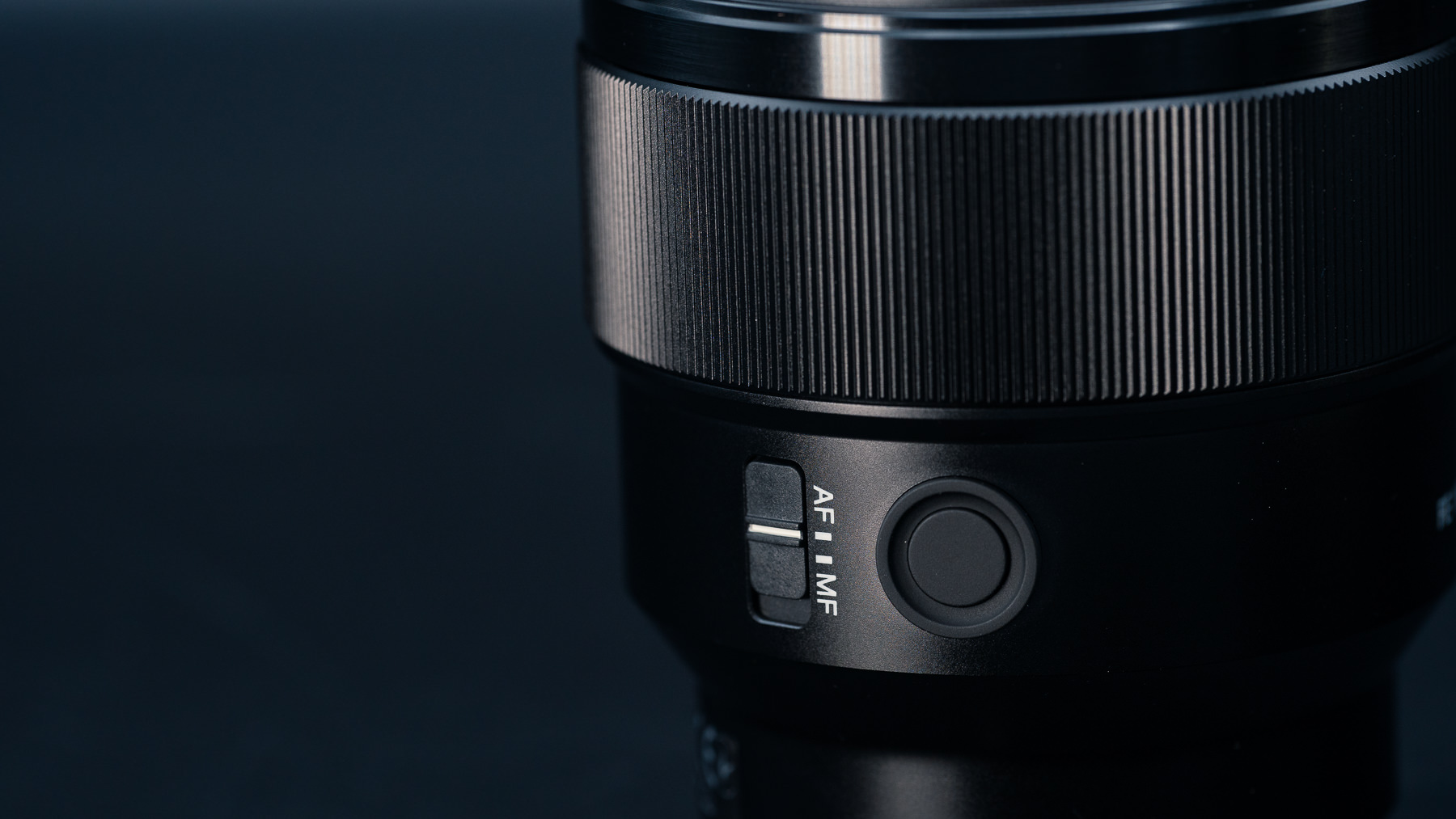
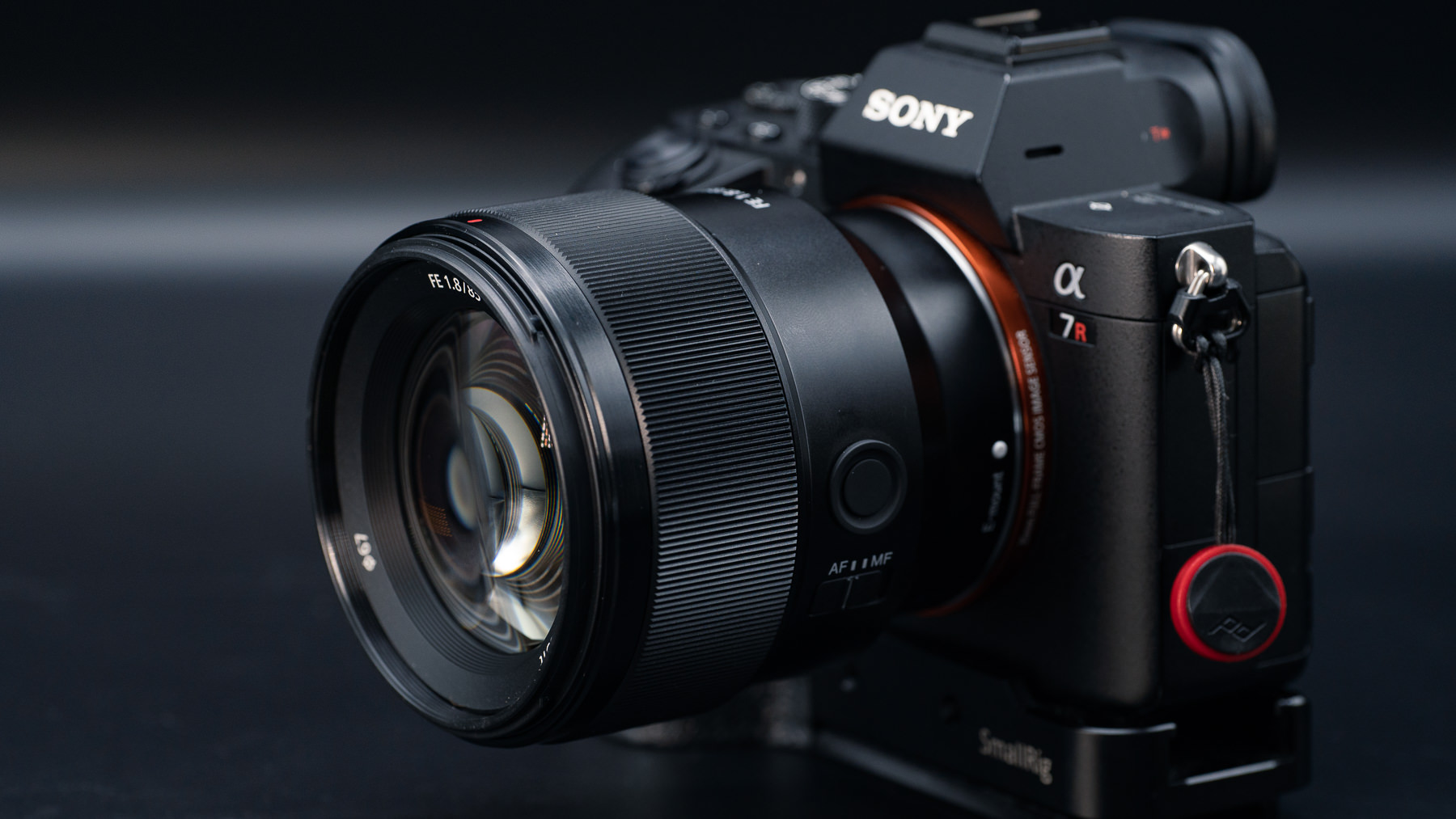
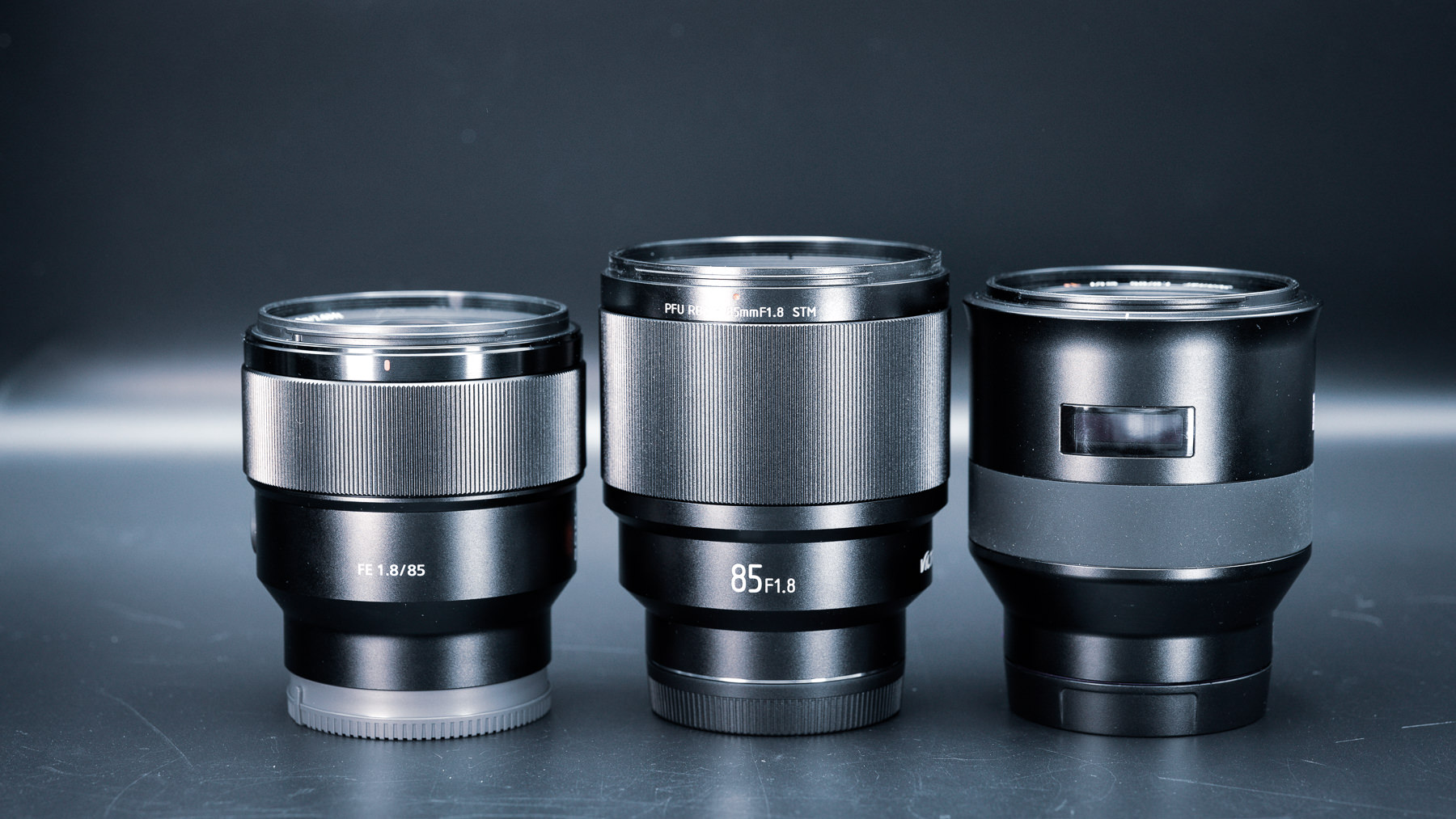
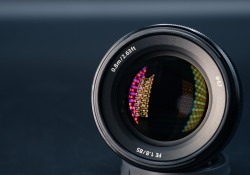
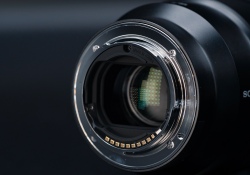

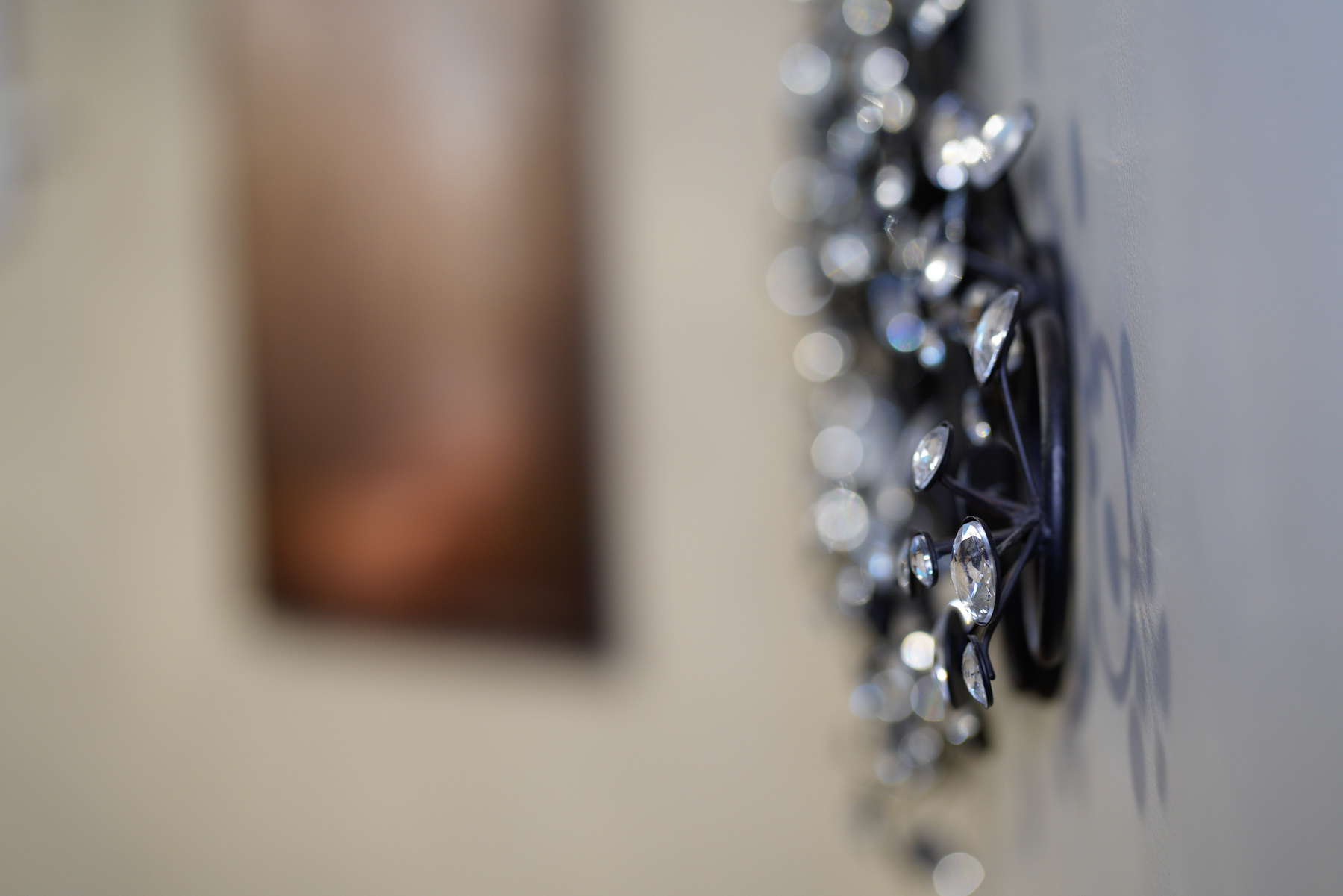
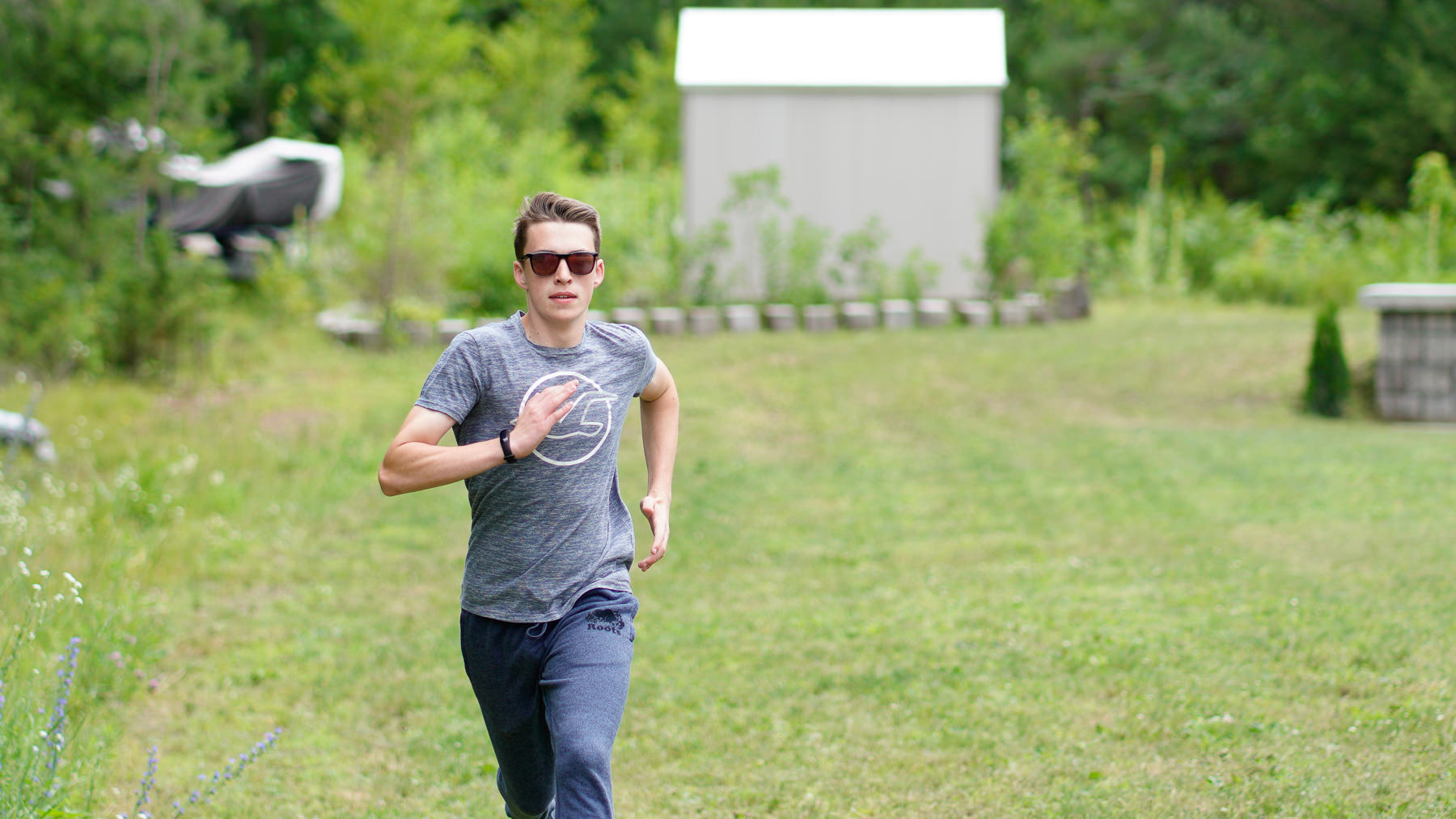
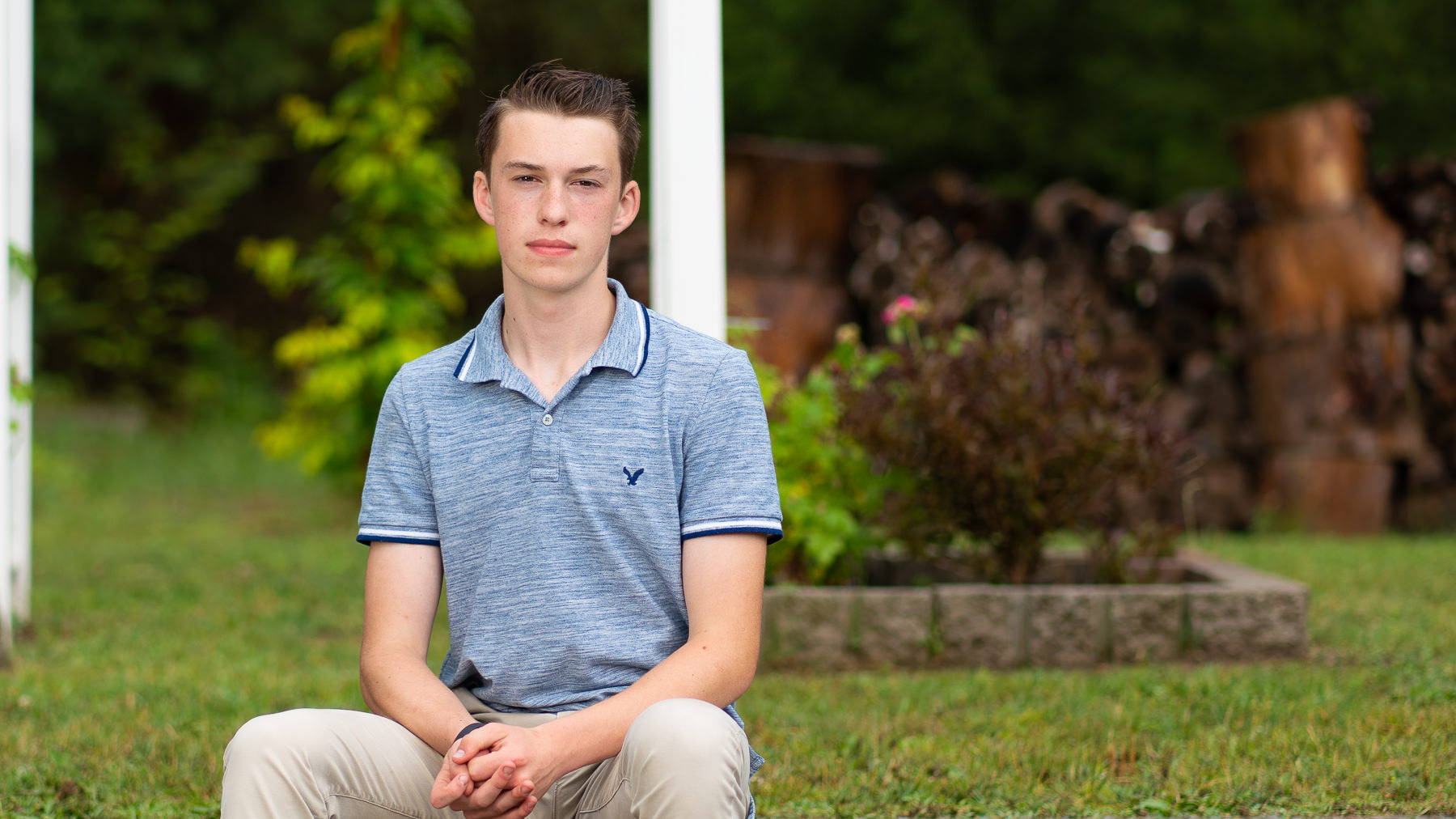

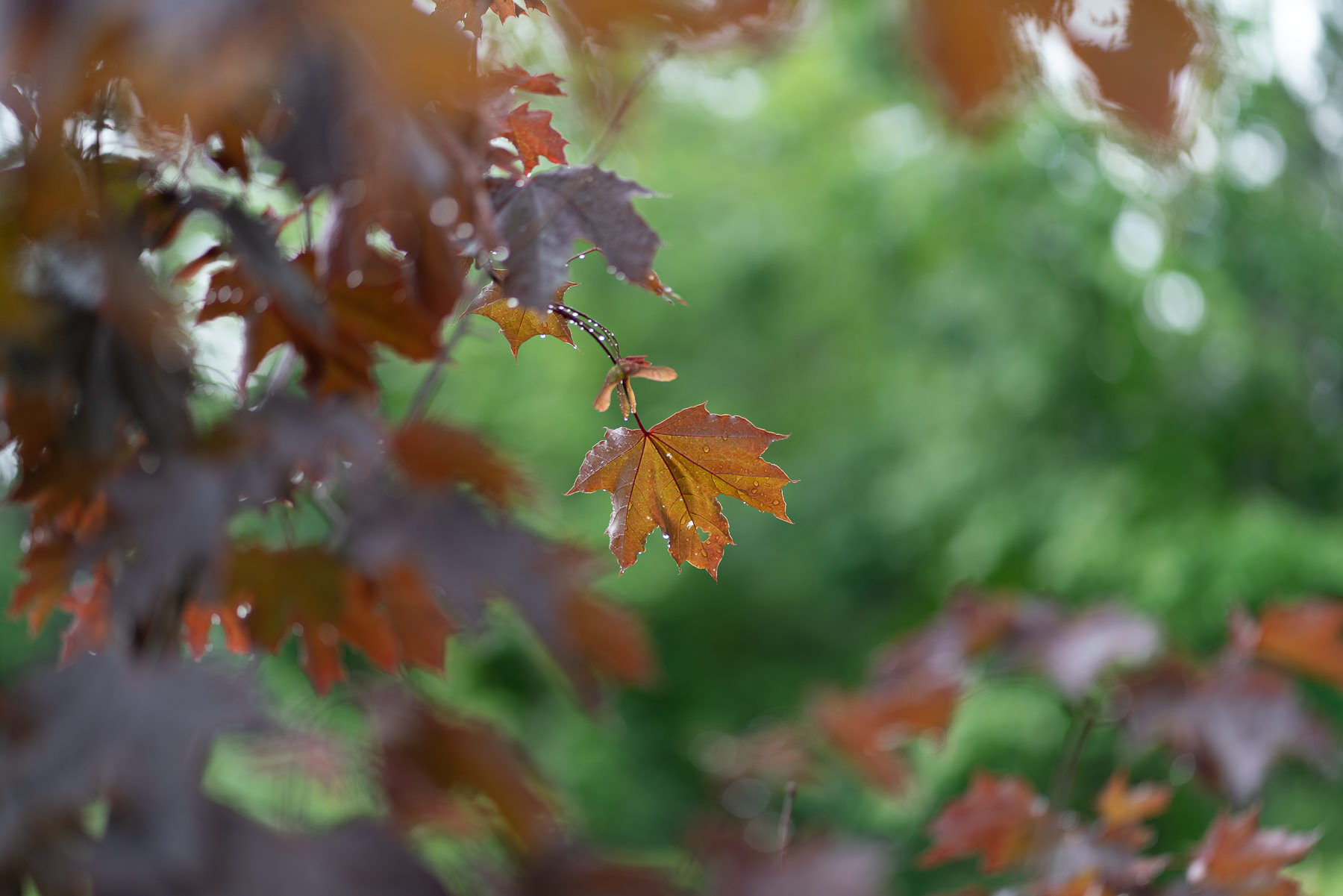

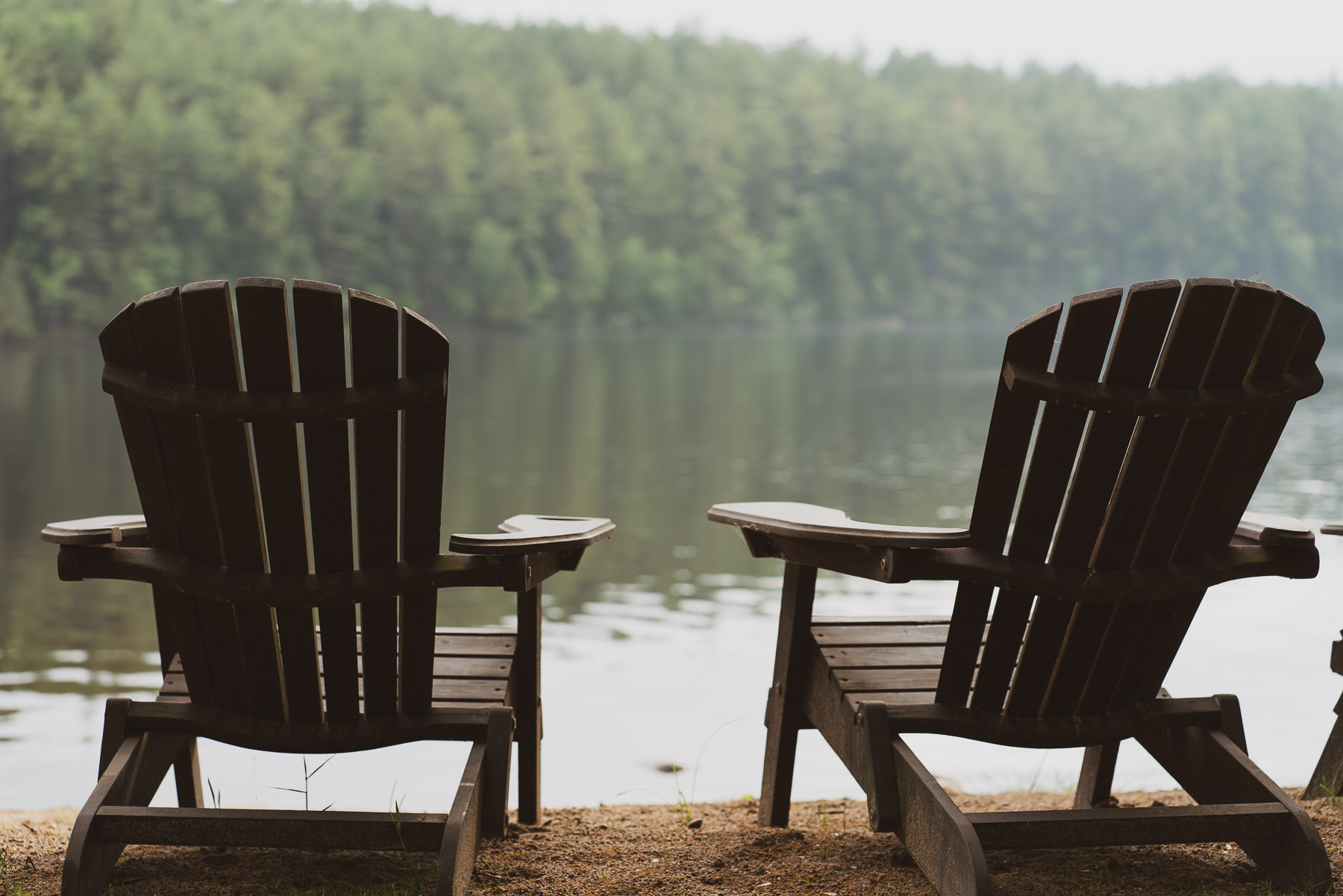







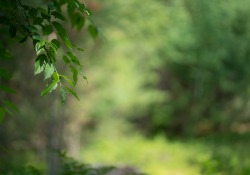
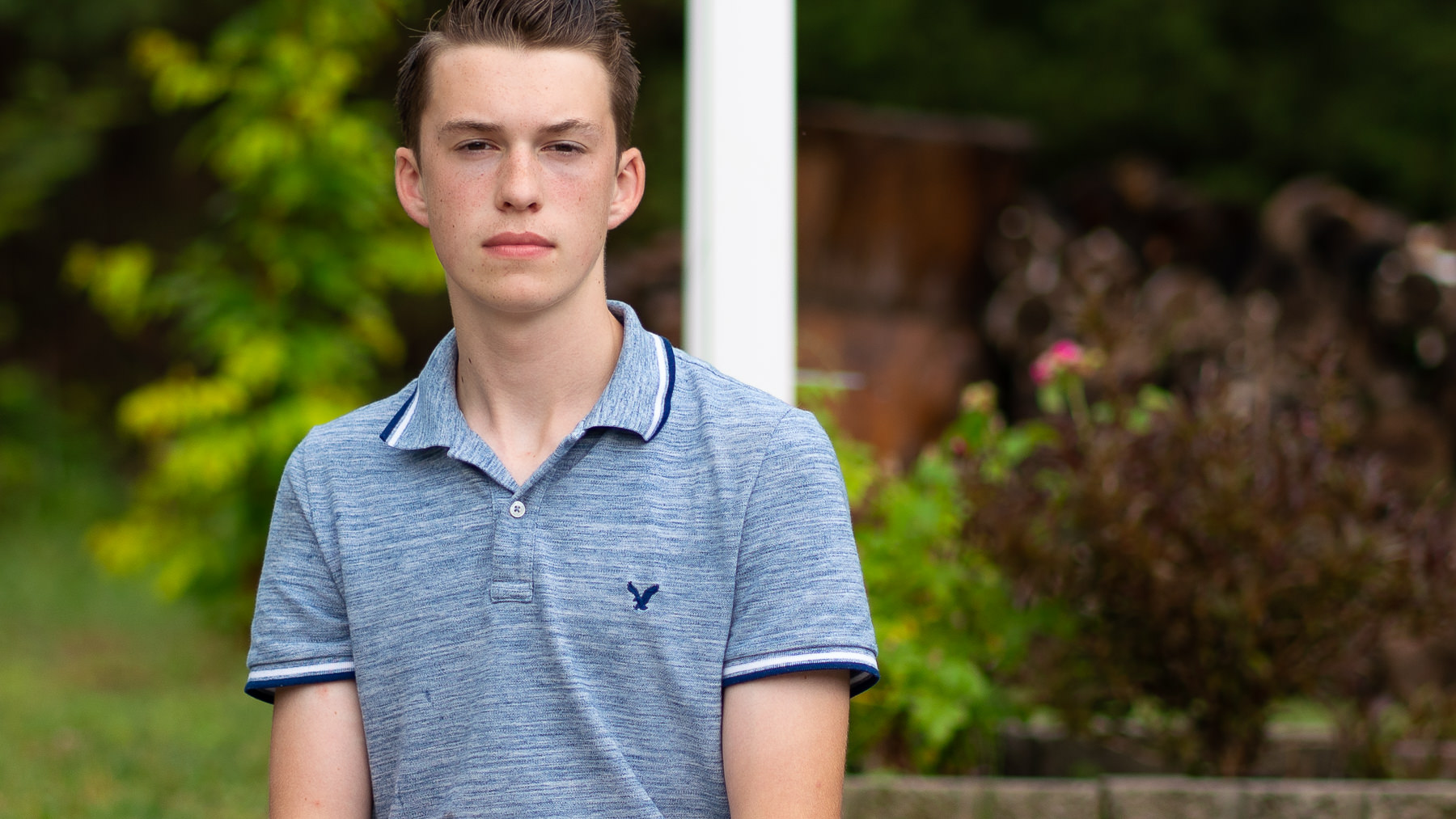











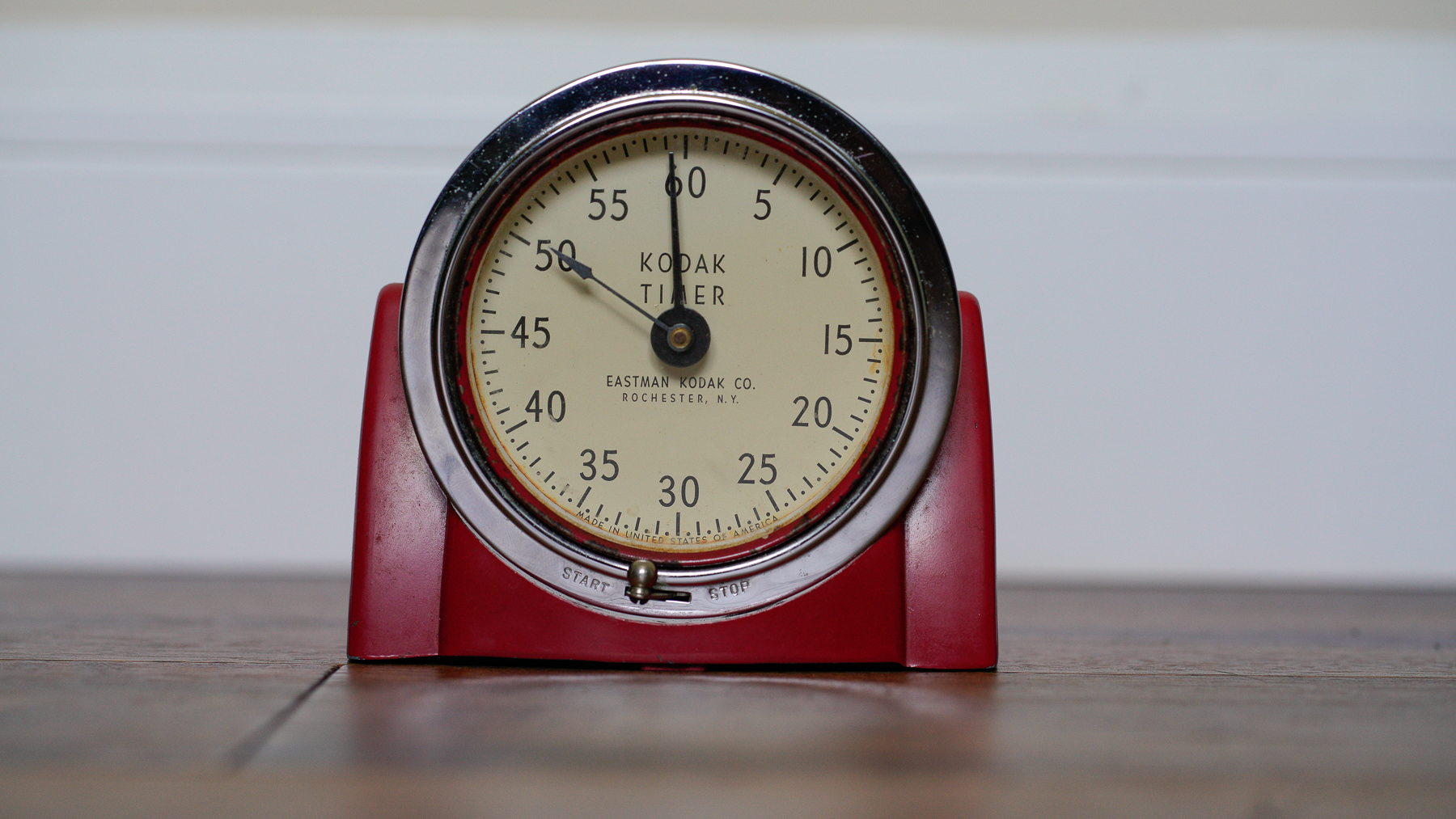

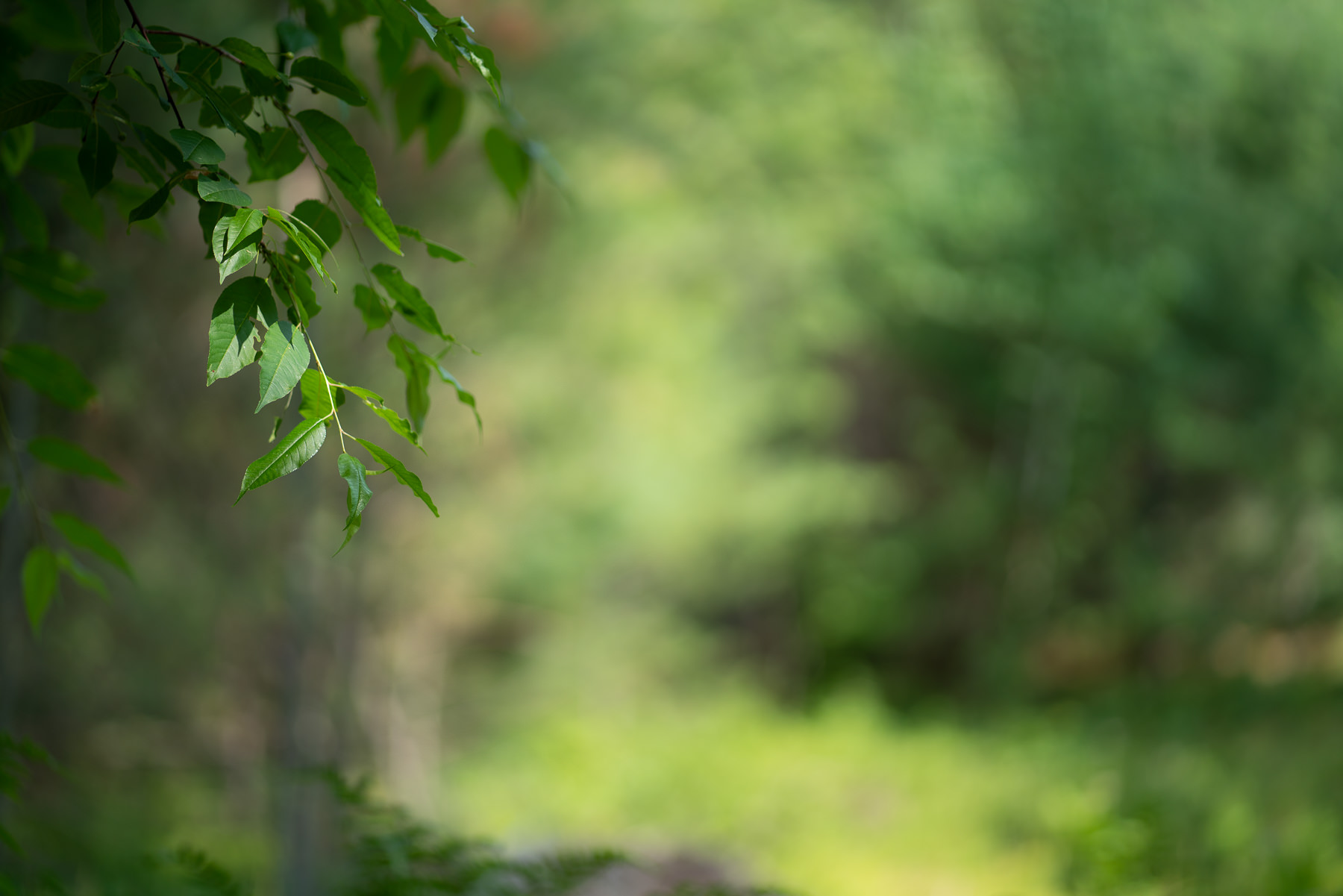




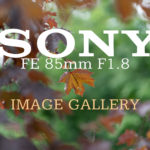
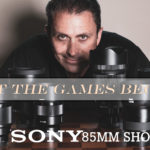
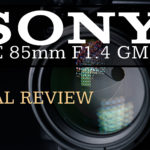
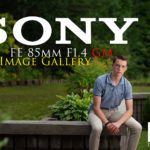
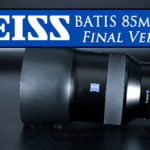
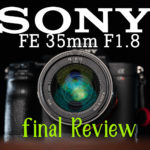
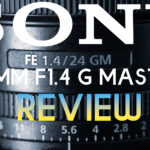
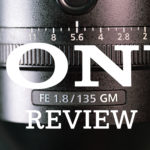


[…] Sony FE 85mm F1.8 […]